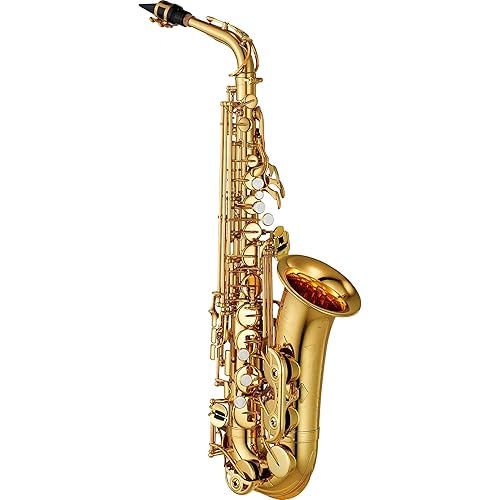


Buy Now, Pay Later
- – 6-month term
- – No impact on credit
- – Instant approval decision
- – Secure and straightforward checkout
Ready to go? Add this product to your cart and select a plan during checkout.
Payment plans are offered through our trusted finance partners Klarna, Affirm, Afterpay, Apple Pay, and PayTomorrow. No-credit-needed leasing options through Acima may also be available at checkout.
Learn more about financing & leasing here.
This item is eligible for return within 30 days of receipt
To qualify for a full refund, items must be returned in their original, unused condition. If an item is returned in a used, damaged, or materially different state, you may be granted a partial refund.
To initiate a return, please visit our Returns Center.
View our full returns policy here.
Recently Viewed
Features
- The experienced player will find the Xaphoon to be expressive and powerful; the beginner will find it fun and easy, and good practice for other reed instruments
- This deep, rich-sounding instrument can be with you always - A true portable sax-like instrument that can be carried everywhere - in your pocket, backpack, and even up your sleeve.
- The Maui Xaphoon Pocket Sax sounds two octaves lower than conventional flutes or recorders of the same length. Play it in an acoustic space and it will sound like a saxophone. Make friends while making spiritual music.
- A portable instrument that will bring you joy - Imagine bringing a smile to people wherever you are - at a bus stop, in a cave, waiting in line, even in a parking garage!
- Xaphoons make Great Gifts for that talented musician in your life.
Description
The Maui Xaphoon (pronounced "za foon") is the original "Pocket Sax". It's sound falls somewhere between a saxophone and a clarinet - a much richer sound than it's size would suggest. The experienced player will find the Xaphoon capable of all the subtle shadings and vibrant power of a saxophone.
Color: Black
Brand: Xaphoon
Instrument Key: C
Style: Modern
Item Weight: 0.5 Pounds
Item Weight: 8 ounces
Product Dimensions: 1 x 1 x 1 inches
Item model number: XAPH
Is Discontinued By Manufacturer: No
Date First Available: May 15, 2006
Color Name: Black
Musical Style: world-music
Instrument Key: C
Frequently asked questions
To initiate a return, please visit our Returns Center.
View our full returns policy here.
- Klarna Financing
- Affirm Pay in 4
- Affirm Financing
- Afterpay Financing
- PayTomorrow Financing
- Financing through Apple Pay
Learn more about financing & leasing here.



















